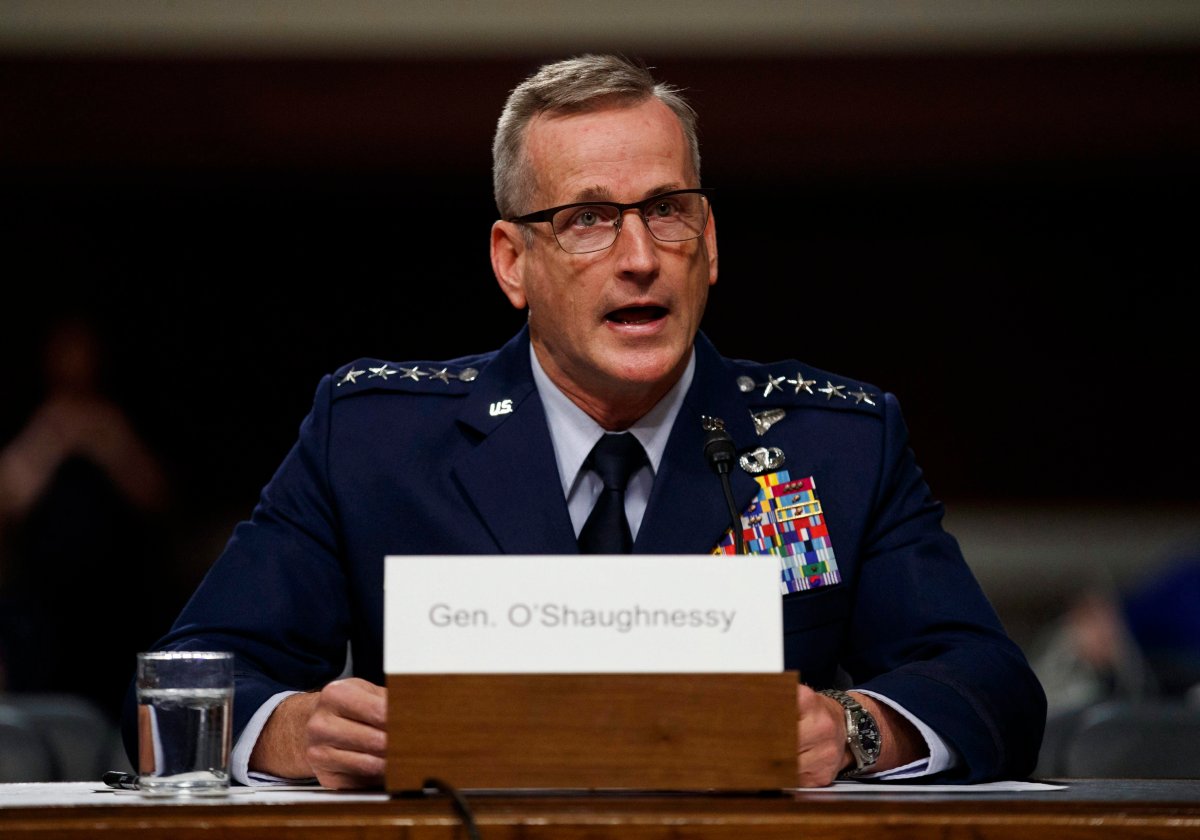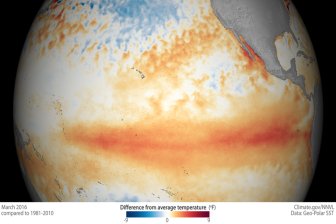The head of the North American Aerospace Defence Command underscored the need to modernize the aging early-warning system Thursday, while cautioning that the United States and Canada have lost their long-standing military advantage in the Arctic to Russia.

In written remarks to the U.S. Senate committee on armed services, U.S. Gen. Terrence O’Shaughnessy said Russia has been steadily expanding its military presence in the North by upgrading its long-range bombers and developing new warships capable of carrying cruise missiles.

Those weapons as well as new land-based cruise missile launchers inside Russian territory pose a new and direct threat to North America because of their range and ability to operate in the Arctic, the Norad commander said, representing a significant change from previous decades.
“The Arctic is no longer a fortress wall and our oceans are no longer protective moats, they are now avenues of approach for advanced conventional weapons and the platforms that carry them,” O’Shaughnessy said.
“Russia has steadily expanded its military presence in the region and, by fielding advanced, long-range cruise missiles … Russia has left us with no choice but to improve our homeland defence capability and capacity.”
Nearly two weeks ago, a pair of Russian bombers capable of carrying nuclear and cruise missiles buzzed Canadian airspace in the Arctic.
The Norad commander also highlighted concerns with China’s increasing interest in the Arctic, which includes what O’Shaughnessy described as “signs of a nascent but growing strategic co-operation” with Russia that included a combined bomber patrol last July.

O’Shaughnessy’s warnings about Russia and China — as well as ongoing concerns about North Korea and Iran obtaining ballistic missiles capable of striking North America — came as he made the case for upgrading the Norad system.
Created in the 1950s in response to the threat of a Soviet attack by bombers or ballistic missiles over the Arctic, Norad is unique in the world as a joint operation between the U.S. and Canada.
READ MORE: Aging Norad warning system can’t detect Russian bombers in time, Canadian officer warns
Its technology was last upgraded in the 1980s, before the end of the Cold War, though the U.S. did incorporate the ability to shoot down incoming missiles in the mid-2000s. Canada famously decided in 2005 against joining what is now known as ballistic-missile defence.
The Liberal government’s 2017 defence policy included plans to upgrade or modernize Norad to defend against the threats of today and tomorrow, but talks with the U.S. have been minimal and no money has been set aside for what is expected to be a multibillion-dollar project.
O’Shaughnessy said some progress has been made in testing new technologies, including a long-range radar that defence officials hope will be able to detect incoming aircraft and cruise missiles in the Arctic long before they reach North America.
READ MORE: Canadian jets intercept 2 Russian bombers near North American coastline: NORAD
But, he added, “in order to reclaim our strategic advantage in the high North, it is critical that we improve our ability to detect and track surface vessels and aircraft in our Arctic approaches and establish more reliable secure communications … in the higher latitudes.”
That includes creating a network of space-based and underwater sensors that feed into more traditional radar systems, he said even as he compared the current situation to the start of the Cold War, when Norad was created to defend against Soviet nuclear attack.
“As we defend the homeland against complex threats in all domains, our commands absolutely understand that the status quo is not acceptable and that we must act now to build a capable defence that provides a credible deterrent,” O’Shaughnessy said.
“In an age of rapidly advancing technology, rising strategic competition and extraordinary innovation, we simply cannot afford to rely on antiquated technology and outdated approaches.”



Comments